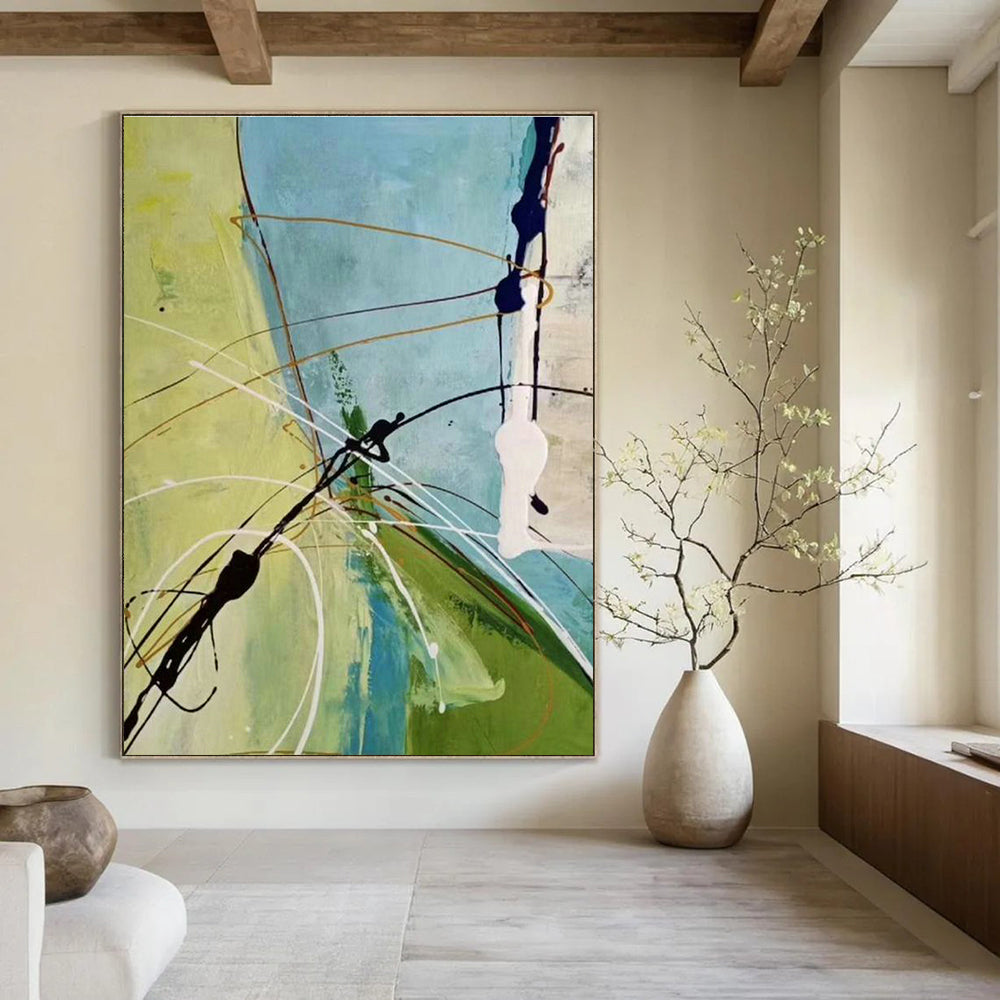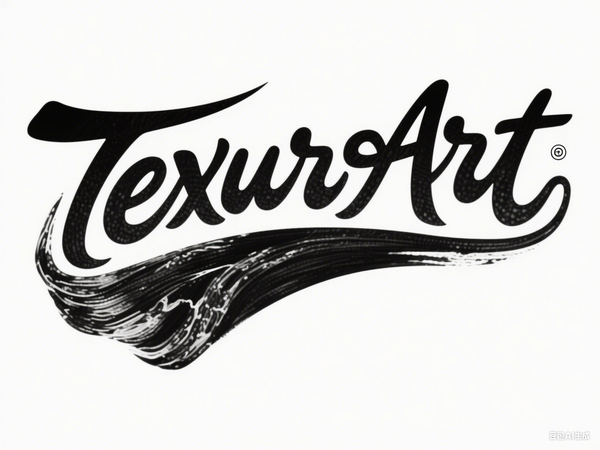
The Enigmatic Allure of Green Abstract Painting - Nature, Emotion, and Artistic Innovation
Share
Green abstract painting is a captivating genre that merges the symbolic power of green with the boundless creativity of abstract art. This art form uses the color green not only as a visual motif but also as a rich language expressing growth, harmony, renewal, and ecological consciousness. Green abstract paintings evoke feelings ranging from serene connection with nature to poignant reflections on environmental fragility, making them both aesthetically appealing and deeply thought-provoking.
Historically, green carries profound symbolism. From ancient Egyptian associations with regeneration and rebirth to the lush landscape reveries of 19th-century Romantic painters like John Constable and Claude Monet, green has long represented life and natural beauty. In abstract art, beginning in the early 20th century, artists transformed this symbolic color into non-representational explorations of emotion and form. Pioneers of abstraction such as Wassily Kandinsky and Piet Mondrian paved the way for diverse abstract expressions, with green often serving as a dominant hue to explore themes of vitality and transformation.

One exemplary artist is Martin Reyna, known for his dynamic green-infused ink and water compositions that embody natural forces and unpredictability. His work, among others, reflects abstract art’s capacity to balance planned composition with organic spontaneity.
Notable works like Georgia O’Keeffe’s "Blue and Green Music" evoke natural and emotional resonance through harmonious colors and flowing forms, inspired by Kandinsky’s concept of painting as a visual music. Abstract art’s evolution—from Kandinsky’s pioneering efforts to Abstract Expressionists like Mark Rothko, who used green fields of color to create meditative spaces—illustrates green’s continuing significance as a color rich with multi-layered meanings.
For those interested in exploring Green Abstract Painting, the collection available at Texturart’s Green Abstract Painting offers a unique window into this evocative art form.
Further insightful reading on green abstract painting and its cultural and artistic dimensions can be found in these authoritative sources:
-
Green Paintings in Contemporary Art Introduction – LinkedIn explores green’s symbolic meanings and its contemporary environmental resonance.
-
Paint Your Abstract Art Collection Green! – Ideelart delves into the historical ambivalence and captivating power of green in abstract art.
-
The Power of Green: Artworks that Calm the Senses – Artspace offers examples of green’s aesthetic and symbolic impact in art collections.
-
Blue and Green Music – The Art Institute of Chicago showcases how Georgia O’Keeffe used green to evoke nature and music simultaneously.
-
Abstract Art Explained: Ultimate FAQ on Abstraction – Contemporary Art Issue provides a thorough overview of abstract art development, naming key figures who shaped abstraction with green and other colors.
Frequently Asked Questions (FAQ)
What makes green abstract painting unique compared to other abstract art?
Green abstract painting uniquely incorporates green’s symbolism of nature, renewal, and ecological themes, making it particularly resonant for exploring environmental consciousness and emotional depth in abstraction.
Who are some famous artists associated with green abstract painting?
Artists such as Wassily Kandinsky, Piet Mondrian, Georgia O’Keeffe, and contemporary abstract painters like Martin Reyna have notably incorporated green in their abstract works.
Why is green considered an ambivalent or complex color in art?
Green represents growth, harmony, and renewal but also envy and decay, making it an expressive and sometimes contradictory color that artists use to convey complex emotions.
How has green paint’s material history influenced abstract art?
Historically, some green pigments contained toxic substances like arsenic, influencing artists’ lives and the evolution of safer materials, which shaped green’s use in painting, especially in Impressionism and Fauvism.
Can green abstract painting be used in home or office decor?
Yes, green abstract artworks often create calming, grounding atmospheres and promote visual harmony, making them excellent choices for interior decoration.
This exploration highlights green abstract painting as a vibrant, symbolically charged art form that continues to inspire artists and collectors alike. To discover a diverse selection of green abstract artworks, visit Texturart’s Green Abstract Painting collection.
